Located at Marlborough's historically significant Omaka Aerodrome, the Omaka Aviation Heritage Centre was established to provide a world-class destination for the appreciation of historic aircraft. Some of New Zealand's most respected cinematic and special effects craftsmen have created a dramatic aviation theatre in which original and full-scale replica WW1 aircraft - both static and flyable - are presented in all their glory.
Omaka's exhibition, “Knights of the Sky”, occupies some 3,000 sqm of purpose-built display area. It comprises one of the world's largest collections of World War 1 aircraft and rare memorabilia, including a mix of dramatically staged static displays along with flyable aeroplanes.
The collection is on long-term loan from film director Sir Peter Jackson. Thanks to Sir Peter’s generosity, the aircraft have been brought to life in a series of dioramas created by Wingnut Films and enhanced with lifelike mannequins by Weta Workshop.
The extensive dioramas take you back to a time long gone and almost forgotten when the harshness and cruelty of the war in the trenches contrasted with the chivalry and bravado of the war in the air. When SE5as and Fokker Triplanes went head to head; the steeds of these latter day knights of the air jousting for survival. This spectacular experience, enhanced with special effects lighting is designed to be both educational and entertaining for all ages.
Marlborough has a rich history of aviation dating back to the late 1890's when the first recorded aerial topdressing flight took place by hot air balloon. Its first aerodrome, located at Omaka has an immense heritage of pioneering activity, including hosting New Zealand's first ever air pageant in 1930. Land for the Omaka Aerodrome was set aside by the local borough in 1920, and the aerodrome established in 1921.
Omaka soon became a regular stopping point for military aircraft passing through at the time. In 1928, the Marlborough Aero Club hosted Charles Kingsford Smith and Charles Ulm following their triumphant first aerial crossing of the Tasman Sea. Arriving in Christchurch, the famous airmen elected to visit Omaka before departing for Australia. Jean Batten brought her Percival Gull to Omaka during her countrywide tour following her famous pioneering solo flight from England, and Ernle Clark landed at Omaka following his successful solo flight from the UK just two weeks later.
While Omaka hosted pioneer flyers of the world it also produced a few of its own including Arthur Clouston who learned to fly at Omaka. He is recognised for piloting one of history's most spectacular flights, which commenced in London and saw him and his passenger fly across the world via Australia to land at Omaka Aerodrome, before turning around the next day, and heading back to England; completing a record-breaking trip that lasted less than 11 days.
The aerodrome, its buildings and facilities, became the nucleus of a Royal New Zealand Airforce (RNZAF) station for the duration of WWII. In more recent times, interest in historic and ex-military aircraft has seen the arrival of machines that hark back to earlier times at Omaka. The airfield itself has remained essentially a large square paddock, which makes it very attractive to operators of early aircraft types such as the Spitfire, and the WWI machines that were never designed to fly from runways. These types of aircraft are now being restored at Omaka, and this activity is set to grow in the Aviation Business Park that is adjacent to the Heritage Centre. They're also flown in Omaka's biennial “Classic Fighters” airshow, which is the principal fundraising event for the Centre and since its inception in 2001 has already gained an international following.

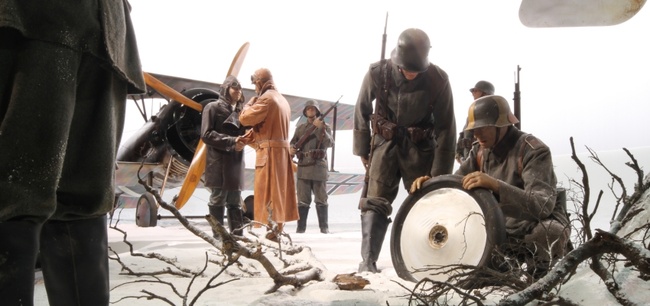


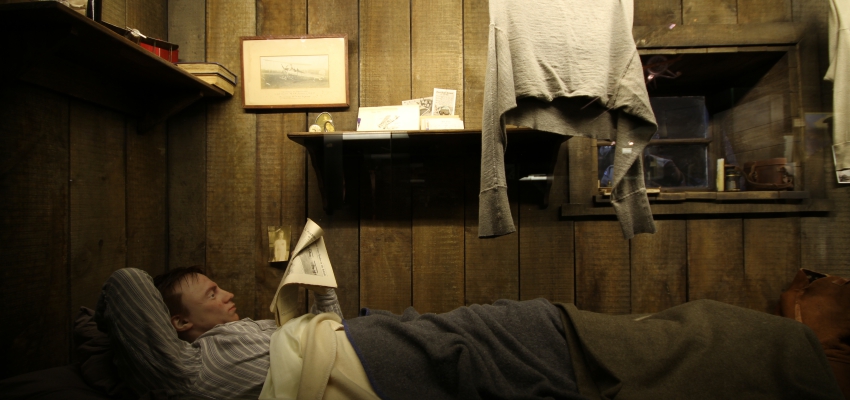
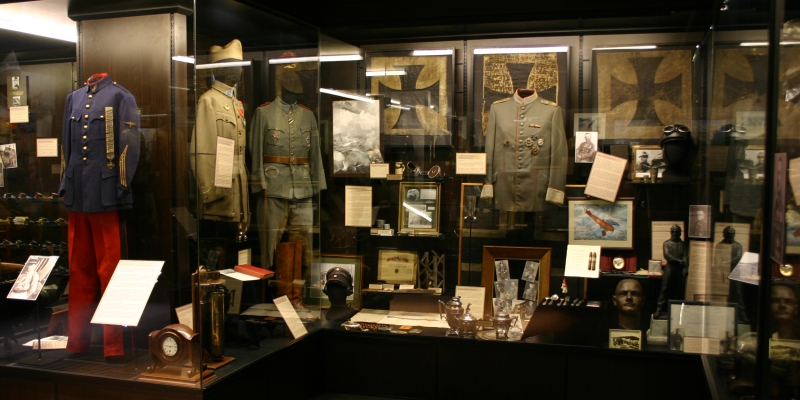
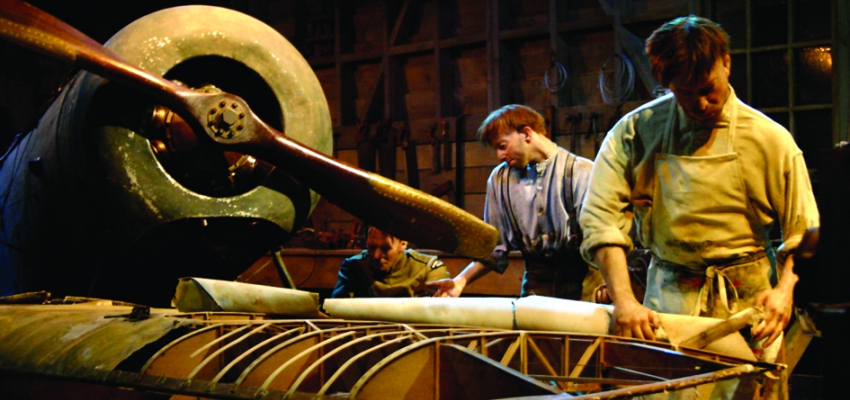
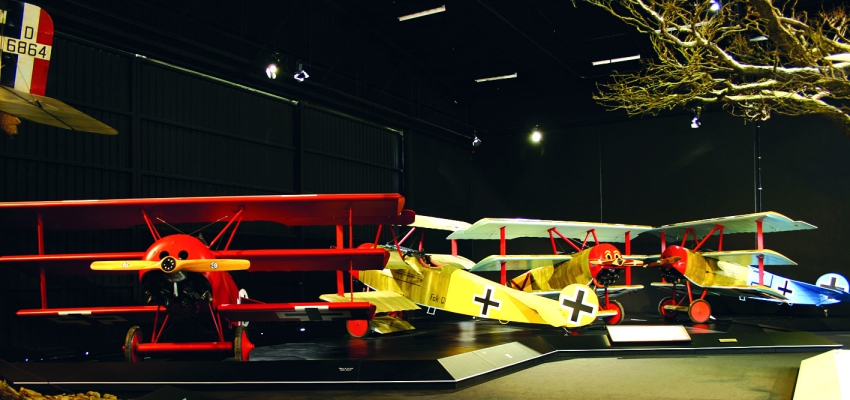


Comments